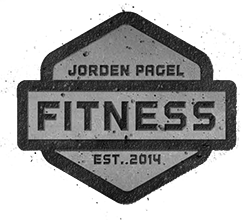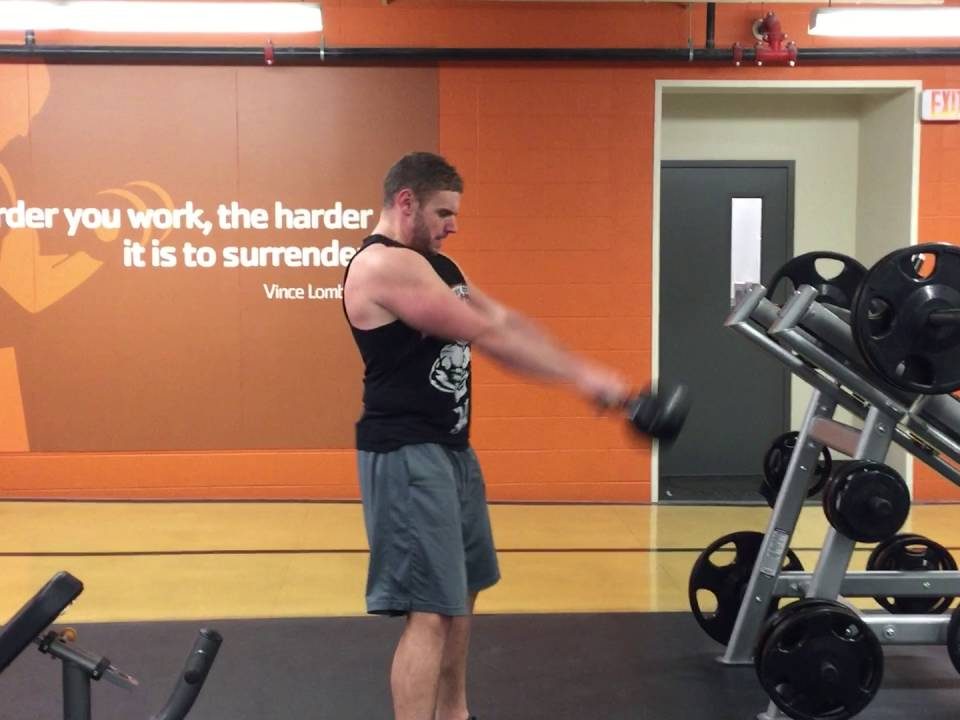May 18, 2016
We’re all human, even us fitness professionals. We make mistakes. We have struggles in our personal lives that we deal with daily. We portray ourselves a certain way on the Internet because we are our brand, but offline most of us are just live everyone else.
May 16, 2016
When creating programs, I’m a big fan of variety. Not because I believe muscles need to be “confused”, but rather because there are a ton of exercise variations out there that get no love. I feel bad for them.
April 25, 2016
Everyone claims to have that one things that works better than everything else. The "one simple thing" you can do to burn more fat or build more muscle. Something that somehow only they know, and are now finally going to share it with the world...Bullshit.
March 30, 2016
I just recently returned home from an annual trip to Las Vegas. Each year me and a group of friends make the pilgrimage to Sin City for March Madness, gambling, and most importantly, buffets.
March 23, 2016
With fat loss, a lot of different training methods work. After all, diet is priority numero uno anyway. However, when it comes to training, there are certain methods that work better than others. And one of those methods is Density Training.
March 16, 2016
Exercise has a ton of health benefits, there’s no denying that. But is weight loss really one of them? And does counting how many calories you burn actually do more harm than good?
January 26, 2015
Willpower. Motivation. Whether it’s fitness, business, sports, or everyday life, we often search for willpower to help prevent us from doing things we know are bad for us. We look for motivation to drive us to get better, accomplish tasks, and get ahead. But what if I told you that willpower and motivation were just figments of your imagination; that they didn’t exist…at least, not in the way you think they do.
December 4, 2014
Welcome to the next installment of my “Creating an Effective Fat Loss Program” series. In this article, we are going to be discussing the third pillar of an effective fat loss program: Calorie & Macro Accountability Flexible Dieting Strength & Resistance Training Developing a Good Mindset In the first two parts of this series we talked about how to set a caloric deficit for fat loss, as well as discuss how to structure your diet to set you up for success in reaching your goals.
November 18, 2014
‘Tis the season! At least that’s what the Christmas music playing inside the coffee shop right now is telling me.
October 21, 2014
In Part 1 of this series, I talked about the roles macronutrients and calories play when it comes to fat loss, and more importantly, how knowing how much you should consume on a daily basis will help accelerate your fat loss efforts.
September 30, 2014
Go to Google and type in “weight loss” or “fat loss”. Go ahead, I’ll wait. That is a lot of results, isn’t it? And for good reason. According to the Center for Disease Control, the number of adults in the United States who are either overweight or obese is 69%. Its no wonder that there are so many articles, programs, and diets aimed at helping people lose weight.
August 28, 2014
Your alarm goes off. Time to get up. You’re a little sore from yesterday’s workout but you manage to pull yourself out bed and walk to the bathroom. There, sitting on the floor is your best friend and worst enemy: the scale. You gingerly step on, closing your eyes as your weight is calculated. You feel confident. You worked out hard these last few days. You hit your macros spot on. You’re sure you’ve lost at least a couple pounds! You slowly open your eyes. Much to your horror and shock, the number is the exact same as last time; even a few ounces heavier. What gives? All that hard work with nothing to show for it. You’re in disbelief, frustrated, angry… If the above situation sounds familiar, it’s because it happens all too often. Anyone who’s ever tried to lose weight knows of the never-ending battle with the scale. Some days you love it, others you hate it. It’s a vicious cycle. But it doesn’t have to be. Why the scale is not the best way to measure progress Before we talk about why the scale isn’t a great way to measure overall progress, we must first define what progress actually is. In the context of a fat loss program, progress is somewhere in the neighborhood of a loss of 1-2% of your bodyweight per week. By using percentages, your progress is much more customized to the individual. A heavier person is going to have a much easier time losing more weight each week than someone with only a few pounds to lose. The problem with the scale, is it’s not a measure of body fat, or muscle…it’s a measure of total body mass. This means that the scale number is going to fluctuate based on a number […]






